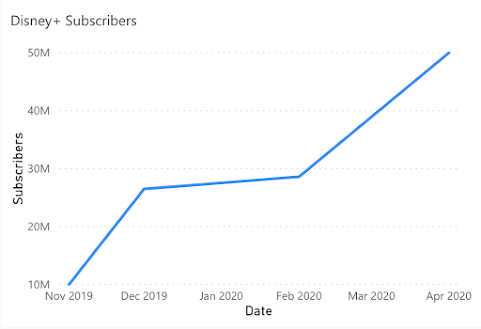The Walt Disney Company is a globally trusted brand in the entertainment and theme park industry. Through the seven months of the pandemic, the company has sustained its stock prices proving that the consumer is continuing to trust and have faith in the success and decisions of their executives. Although the theme parks have suffered during these dire economic times, the media branch of the company has enough cash flow to maintain the company during this period. During times of crisis, the company has been focused on pivoting the consumer experience to their digital brands, keeping the consumer invested in the brand and maintain brand loyalty.
As the pandemic continues, expansion and improvement should not be the priority. The priority is to keep the brand alive, focused, and willing to adjust in order to maintain the trust of our consumer. The focus needs to be on maintaining current guests, local passholders and nearby visitors, giving them an incredible guest experience even as we offer less attractions. Guests are suffering through the pandemic as well and the goal is to offer them an escape from reality, let them experience the magic without noticing that half the experiences are not there.
The main advantage the company has at the moment is a history of excellence. This reputation will carry the company through these trying times. As the focus shifts to guest experience and sustaining operations during this time instead of profits, it will give the company an excellent survival rate post pandemic. Smart yet difficult decisions now will come back and be crucial to the company’s future. Let the magic continue and the revenue will eventually come.


























